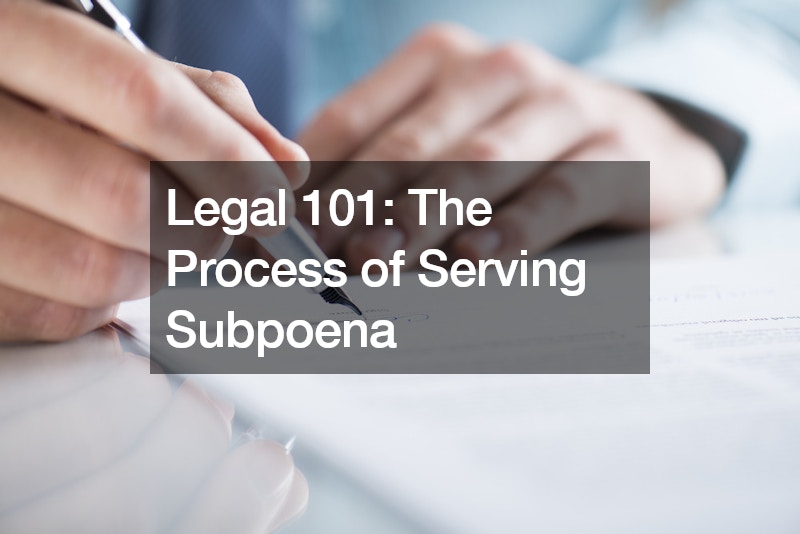Subpoenas are crucial tools in legal proceedings. They are legal documents issued by courts or administrative agencies that command individuals to provide testimony or produce evidence relevant to a case. Understanding the process of serving a subpoena is essential for anyone involved in legal matters.
The first step in serving a subpoena is to draft the document. This involves clearly stating the name of the issuing court or agency, the case title and number, and a description of the testimony or evidence sought.
The subpoena must also specify the date, time, and location for the recipient to comply.
Once the subpoena is prepared, it must be served to the intended recipient. Service of the subpoena refers to the formal delivery of the document to the individual or entity being summoned. There are various methods of service, including personal delivery, mail, or electronic means, depending on the jurisdiction and the nature of the case.
Personal service involves physically handing the subpoena to the recipient. This method ensures that the individual is aware of their obligation to comply with the subpoena. If personal service is not possible or practical, alternative methods such as certified mail or email may be used.
After the subpoena has been served, the recipient is legally obligated to comply with its terms. This may involve providing documents, records, or other tangible evidence, or appearing in court to testify as a witness. Failure to comply with a subpoena can result in legal consequences, including fines or other sanctions.
In cases where the recipient is located in a different jurisdiction or country, the process of serving a subpoena becomes more complex. International service of subpoenas often requires coordination with foreign authorities or the use of international treaties and conventions.
In conclusion, the process of serving a subpoena is a fundamental aspect of the legal system. It ensures that parties involved in legal proceedings have access to the information and evidence necessary to pursue their case. Understanding the procedures for serving a subpoena is essential for all parties involved in the legal process.
.

